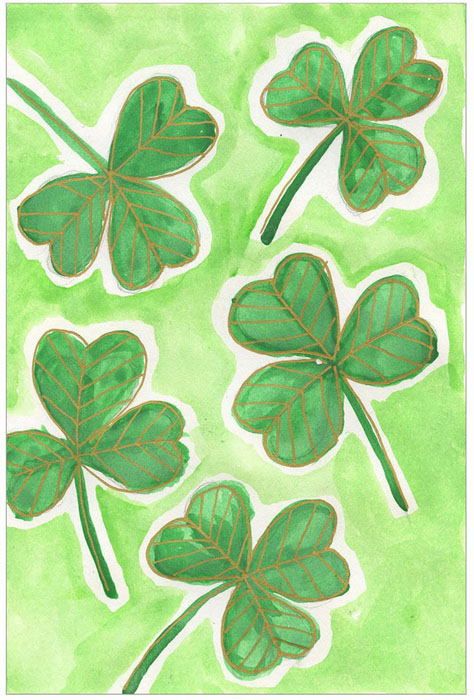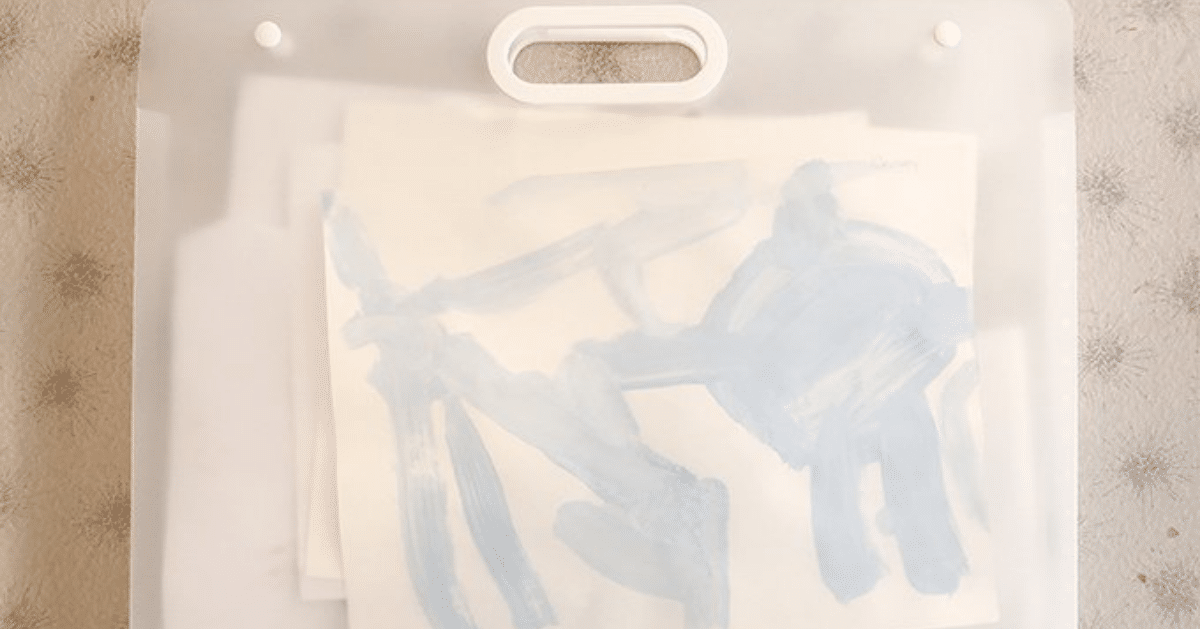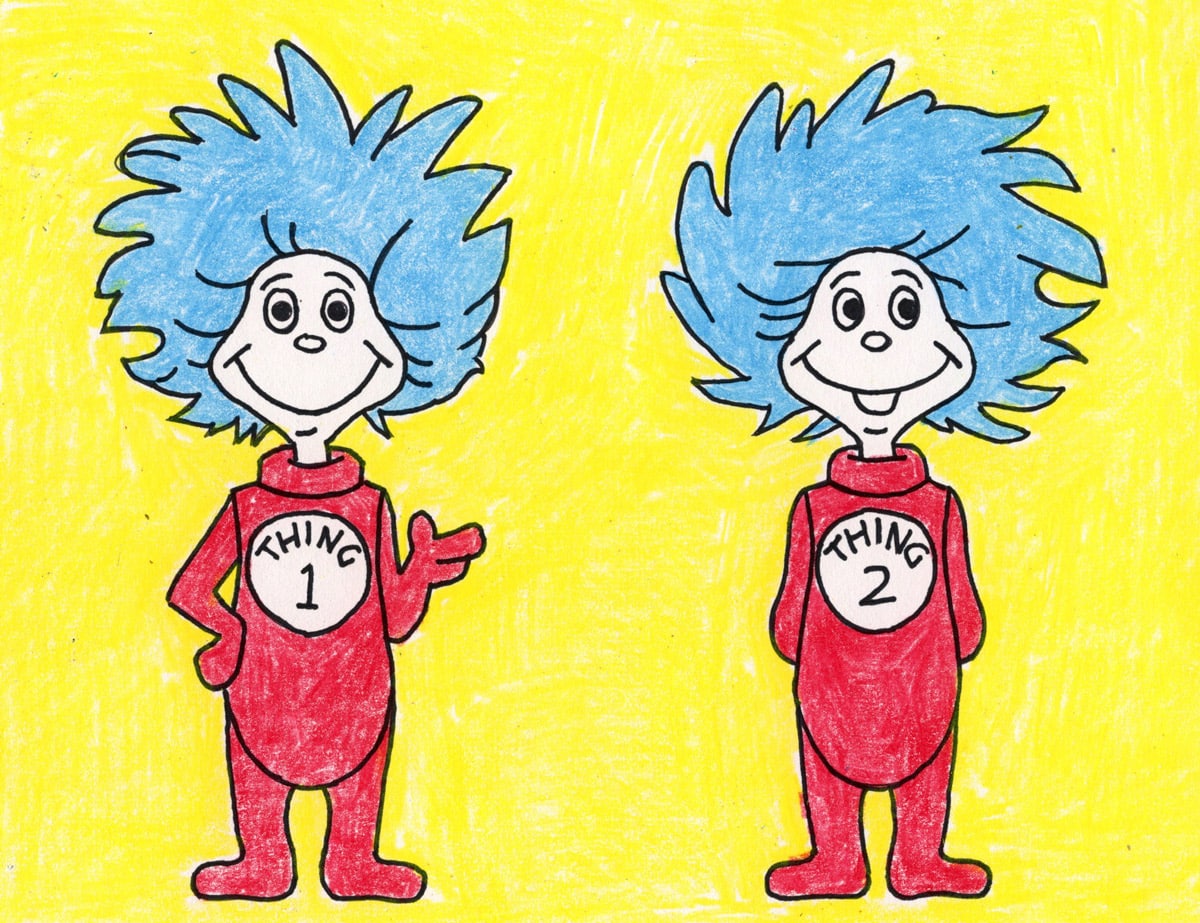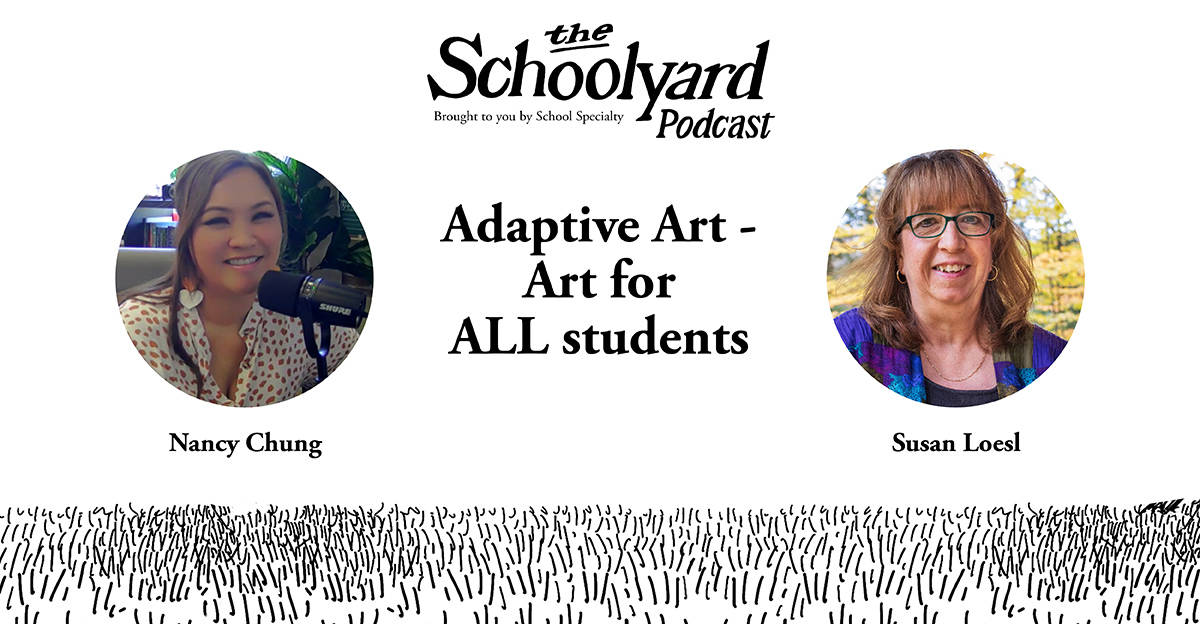
Adaptive art is a wonderful way to bring people together through creativity and self-expression. In this episode, host Nancy Chung interviews art therapist and adaptive art specialist Susan Loesl about making art accessible and enjoyable for everyone, regardless of their abilities or limitations.
Defining Adaptive Art
The importance of adaptive art lies in its ability to allow individuals with disabilities or special needs to engage with and express themselves through art. It breaks down barriers and promotes inclusivity, allowing everyone to participate in the creative process.
Adaptive art provides ways to access artmaking as independently as possible by providing alternative art materials and adapting art techniques.
Susan Loesl
Why We Need Adaptive Art
By making art more accessible, we can challenge societal norms and stereotypes surrounding disability, showcasing the unique talents and perspectives of individuals who have been marginalized in the past. It also encourages personal growth, fosters a sense of belonging, and empowers individuals to embrace creativity. Adaptive art celebrates diversity and helps create a more inclusive society.
Oftentimes what will happen is that if a student can’t cut well, somebody will always cut the materials out for them and they don’t get that experience.
Susan Loesl
In this scenario, Sue suggests using adaptive scissors, which feature a loop on the handle that allows for increased strength and control in cutting. She also encourages having these tools available for the entire class so that no one feels left out or different.
Creating an Adaptive Art Classroom
For teachers who want to incorporate adaptive art into their classrooms, there are plenty of resources available. Online platforms and communities dedicated to adaptive art provide a wealth of information, including lesson plans, instructional videos, and tips for adapting art activities to meet the needs of diverse learners.
Also Read : The BEST Halloween Arts and Crafts for Toddlers
Organizations and nonprofits specializing in adaptive art education also offer workshops, training sessions, and professional development opportunities for educators. Local art therapists or art educators with experience working with individuals with disabilities or special needs can also provide valuable insights and guidance.

By utilizing these resources and seeking support from the adaptive art community, teachers can confidently incorporate adaptive art into their classrooms and create a more inclusive and accessible learning environment for all students.
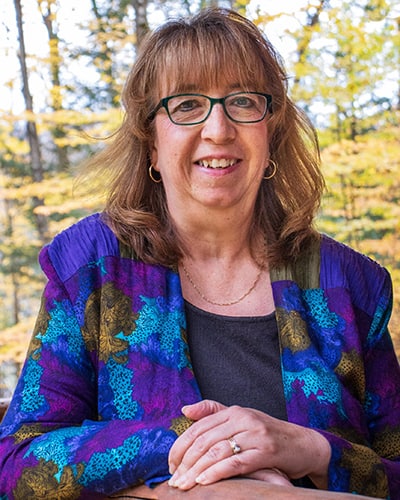
Sue Loesl is an adaptive art specialist and art therapist presently consulting with School Specialty concerning adapted art materials, tools, and techniques for persons with disabilities. Professionally, she is a board-certified art therapist and certified supervisor through the American Art Therapy Association, possesses an art therapist with psychotherapy license from Wisconsin, and has a lifetime art and adaptive educator license. She retired from Milwaukee Public Schools in Milwaukee, Wisconsin, after 30 years of supporting art and special educators with strategies that create opportunities for students with disabilities to access artmaking as independently as possible. Sue has also worked with adolescents in residential treatment centers and with the elderly, sharing her adaptations. She was the Wisconsin Art Educator of the Year in 2020. Sue has published articles, white papers, and chapters in four books pertaining to adaptive art, presents at conferences, and is available for online presentations to preservice teachers’ classes and to seasoned art therapy and art education professionals throughout the US and internationally. Sue now lives in the woods in North Central Wisconsin and loves being outdoors with her husband.


